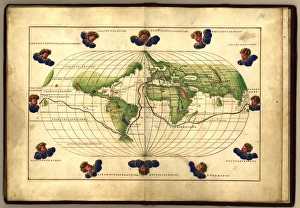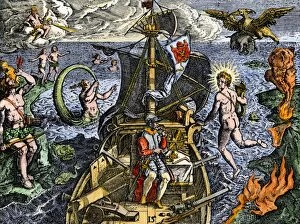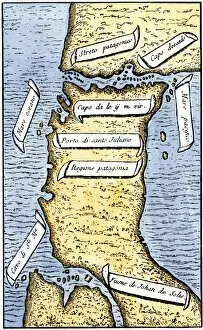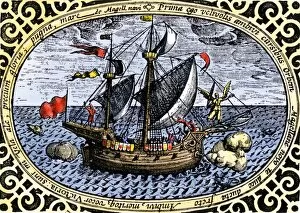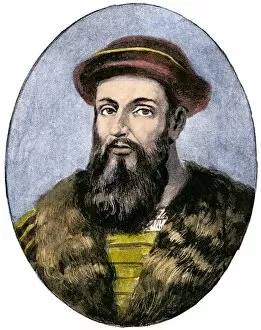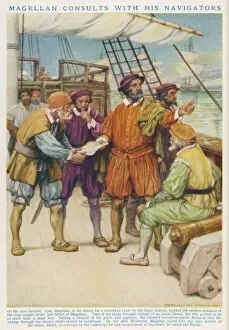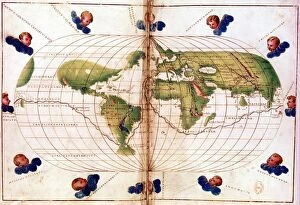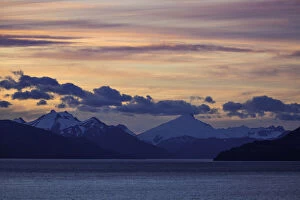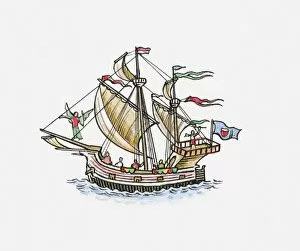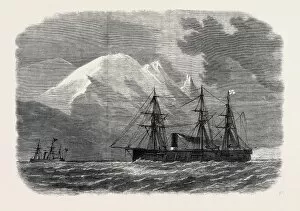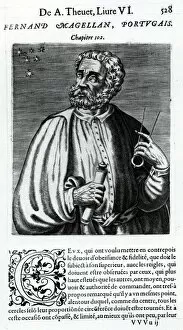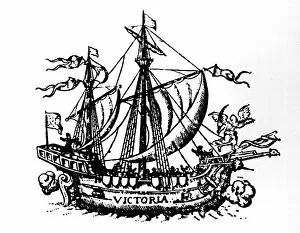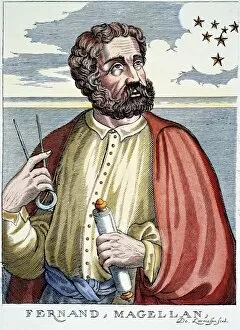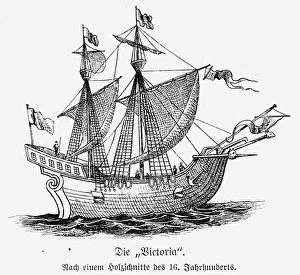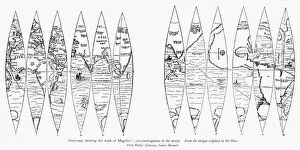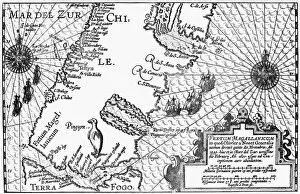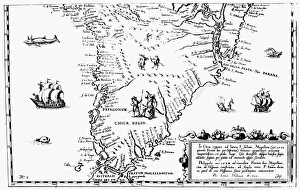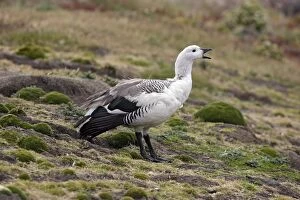Magellan Collection (page 5)
Magellan, the renowned explorer who captivated the world with his daring voyages and groundbreaking discoveries
All Professionally Made to Order for Quick Shipping
Magellan, the renowned explorer who captivated the world with his daring voyages and groundbreaking discoveries. His name is synonymous with adventure and exploration, forever etched in history. One of Magellan's most notable expeditions was aboard the HMS Beagle, famously known as Darwin's ship. This vessel became a symbol of scientific inquiry and discovery, paving the way for Charles Darwin's revolutionary theories. With his trusty Portolan chart from 1591, Magellan navigated through uncharted waters, fearlessly exploring the vast Pacific Ocean. His route would forever change our understanding of the world and its interconnectedness. In his quest for new frontiers, Magellan ventured into the Canal Sarmiento in what is now known as the Magallanes & Antarctica Chilena Region. This treacherous passage tested his resolve but ultimately led to new territories being discovered. Even at the North Pole, Magellan left his mark on history. The Venus radar map reveals his insatiable curiosity about every corner of our planet – even those seemingly unreachable places. A wood engraving from the 19th century showcases Magellan's iconic map of the Pacific Ocean. It depicts Ferdinand Magellan's arduous journey from 1519 to 1522 – a testament to human resilience and determination against all odds. The Victoria, one of Magellan's ships under full sail in 1590, stands as a powerful symbol of triumph over adversity. It reminds us that dreams can be realized through unwavering dedication and perseverance, not alone on this extraordinary voyage; Juan Sebastian Elcano played an integral role in completing their circumnavigation after Magellan’s untimely demise. Together they achieved what seemed impossible – proving that teamwork knows no bounds when it comes to conquering unexplored territories. Looking at a World Map from 1587 evokes awe at how much we owe to explorers like Magellan.





